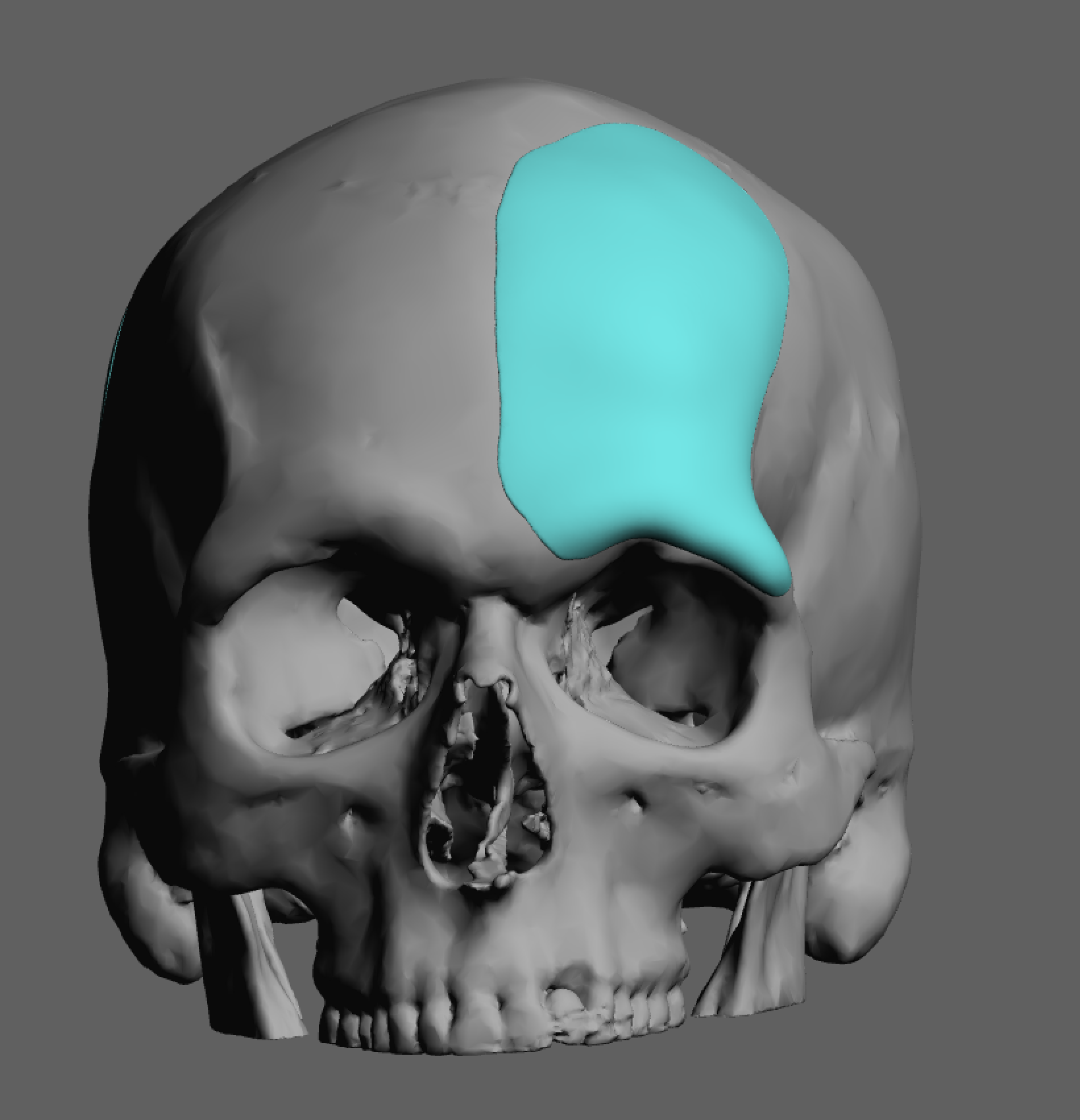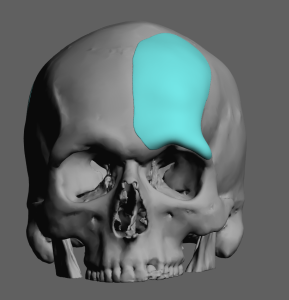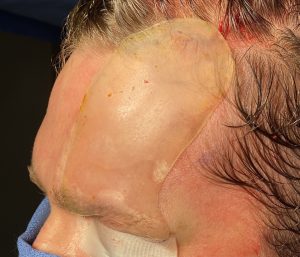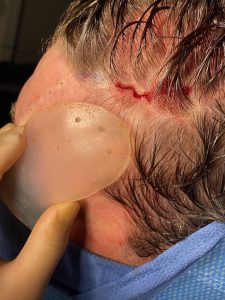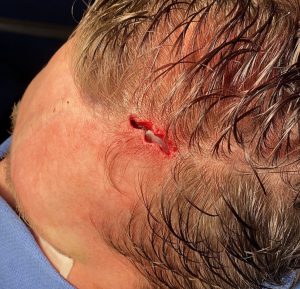Background: Plagiocephaly is a well known congenital head shape deformity that typically occurs from external deformational forces. Because the most common deformational force on the head in a baby is positioning (laying on one side), the back of the head is most affected. This is typically seen with one side of the back of the head that is flatter than the other side. As a result most adult plagiocephaly patients seek occipital or back of the head corrections.
But because plagiocephaly is really a total head shape deformity due to its early onset and the influence of the growth of the brain on the shape of the skull, the back of the head is not exclusively affected. Due to a cranioscoliosis effect the forehead can also be affected although usually with a flattening that is not as severe as that of the back of the head. As a result, for some patients a complete plagiocephaly skull shape correction involves augment both the back and front of the head..although in opposite sides.
When treating the anterior forehead component of plagiocephaly there are multiple bone augmentation techniques. But a custom forehead implant design provides the most accurate correction and also one that can be done through the smallest possible inciseon.
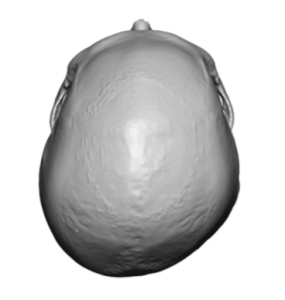
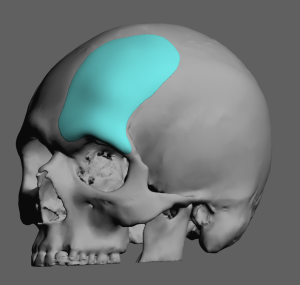

Both sides of plagiocephaly can be treated by a custom skull implant design approach. Such skull implants can be done separately or doing the same surgery for those patients who have aesthetic concerns of their entire skull shape deformation due to the plagiocephaly. The forehead implant is usually very thin and covers just one side of the forehead.
Case Highlights:
1) Congenital plagiocephaly can affect the forehead as well as the back of the head although usually with a lesser degree of flattening.
2) A thin unnatural custom forehead implant can be designed to correct anterior plagiocephaly and improve the symmetry of the forehead shape.
3) The custom forehead implant can be inserted through a very small hairline incision.
Dr. Barry Eppley
World Renowned Plastic Surgeon

